Cosmopolitan Magazine
Senior Visual Editor: Emily Adar
Photographer: Cameron Davidson
Read the story here
Cameron: It has helped immensely. Understanding airspace and being able to pre-visualize a location is helpful. Knowing how the light falls from an elevated perspective has been useful. The biggest part that I enjoy about drones is the ability to loiter over a subject. To wait until a moment happens or more importantly, to get low and slow and still be safe. I enjoy being able to shoot from 30 feet as much as from 400 feet -121.92 meters (legal limit in USA and Canada). Often times the best shot or angle is less than 200 feet – which is in deadman’s curve, for helicopters. (a risky, often non-recoverable altitude if something goes amiss in a helicopter)
How did this project come about?
Emily Adar, the Senior Visual Editor for Cosmopolitan wrote me in early December to see if I was interested in shooting this project. I was referred to her by Scott Lacey, the Deputy Visual Director for Hearst Visuals. Scott and I had worked together previously on another aerial shoot.
No, it was kinda of up in the air. We discussed shooting it as black and white and also as color. When I sent Emily my initial set of selects she asked me to process in black and white and also in color so that the design team could make the final decision. I have a set of black and white styles that I use in Capture One that are punchy and a bit gritty. I thought that this look was perfect for the story.
No, I wish it was. That came as a complete surprise and I felt that it was very successful presentation style.
Emily suggested it for the online version. I was keen on doing it. I thought it would help tell the story of these immense buildings full of chickens and prison laborers.
The interior shots are not mine – they’re pick-ups. I never accessed the farm on the ground – except from the air. The first location I went to is quite a bit south of Phoenix. It is guarded by roving security in vehicles. I drove past the site and started scouting for a place to launch my drones and not bring attention to myself. I ended up driving to a spot along the highway where I could park, keep visual contact with the drone and most importantly, not be seen. I started the overflight up fairly high, shot video first and then lowered the drone down to about 150 feet. After finishing the shoot, I flew away from my location in case I was spotted and then flew back to the launch site from a different angle. It was a bit nerve racking, given the publicity surrounding the farm and the prison labor issue. The main location, I did the same thing, parked far enough away as to not draw attention to myself and parked on the far side of a tree line. Normally, when shooting drone aerials, my preference is to use my Inspire 2 with a bigger chip, however, for this project, I wanted to shoot with smaller drones that were quieter and less easy to spot from the ground.
That is interesting. In my contract, they were specific requests to be understanding of the situation and to protect the identity of the subject.
I showed the subject a frame from every set-up and she approved them. I wanted her to be an active participant in the shoot, plus it is her story that is a critical part of the essay.
IG is an interesting quandary. It is to some degree, a requirement to be seen by clients. In other ways, it feels like feeding the beast without any payback. Recently, I’ve had several images licensed from my feed and two potential clients have approached me – via the IG feed – in the last two weeks. I think at this point, it is important to be fairly active on IG. I am concentrating on a small group of potential clients and marketing direct to them – plus keeping up on other platforms including my blog.
I am continuing to work on a project that is aerial in perspective but shot lower (ie, drone) than helicopter. Much more fine art oriented than commercial and it is a continuation of my Chesapeake Bay watershed projects along with my Ghost Forest project I started shooting from the air and am now shooting from the ground/elevated tripods. Basically, Ghost Forest are forest being killed by rising salt water – intrusion of rising salt water due climate change – it is particularly bad on the East Coast of the US. So, I am documenting Ghost Forest in the Chesapeake watershed and eventually, up and down the Eastern Seaboard from New Brunswick to Northern Florida.
Smithsonian
Photo Editor: Donny Bajohr
Read the story here
How long have you been working with Smithsonian?
I have a long history at Smithsonian, over thirty assignments. My last shoot for them (before this one) was in 2007 and I photographed a Archeabotanist, Dr. Linda Perry, who became my wife. After that shoot – nothing until last summer.
Yes, Donny (and the rest of Smithsonian photo team) knew about my long-term projects photographing the Chesapeake Bay watershed.
This assignment was interesting, because, way back in the nineties, I photographed the same research project for another story. One of the people I photographed I shot for that story was also shot for this one.
Donny felt that this was a natural for me, the ability to shoot aerials plus portraits and a subject that I am fairly well-versed in and interested in climate change and rising sea waters and the impact of that change.
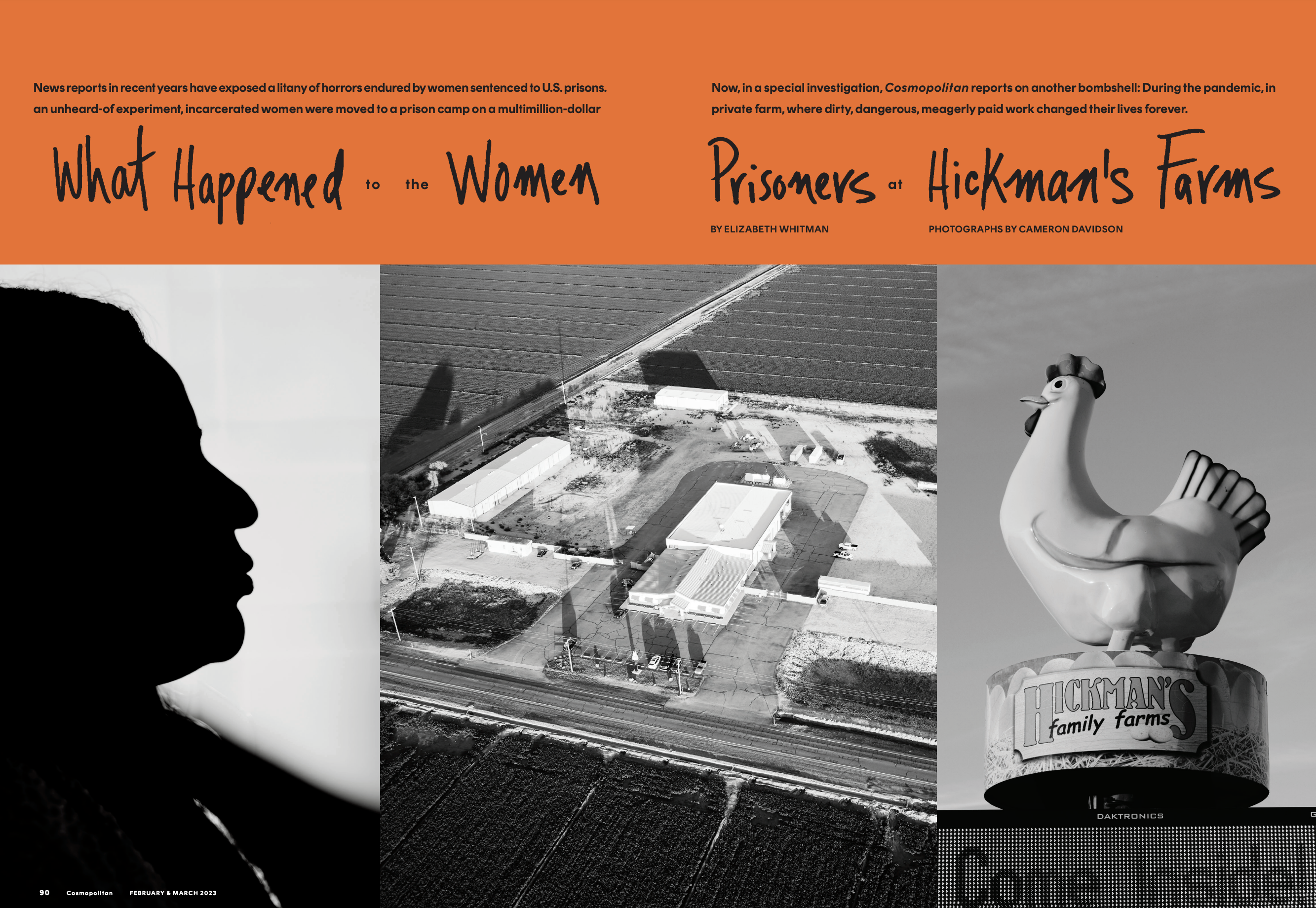
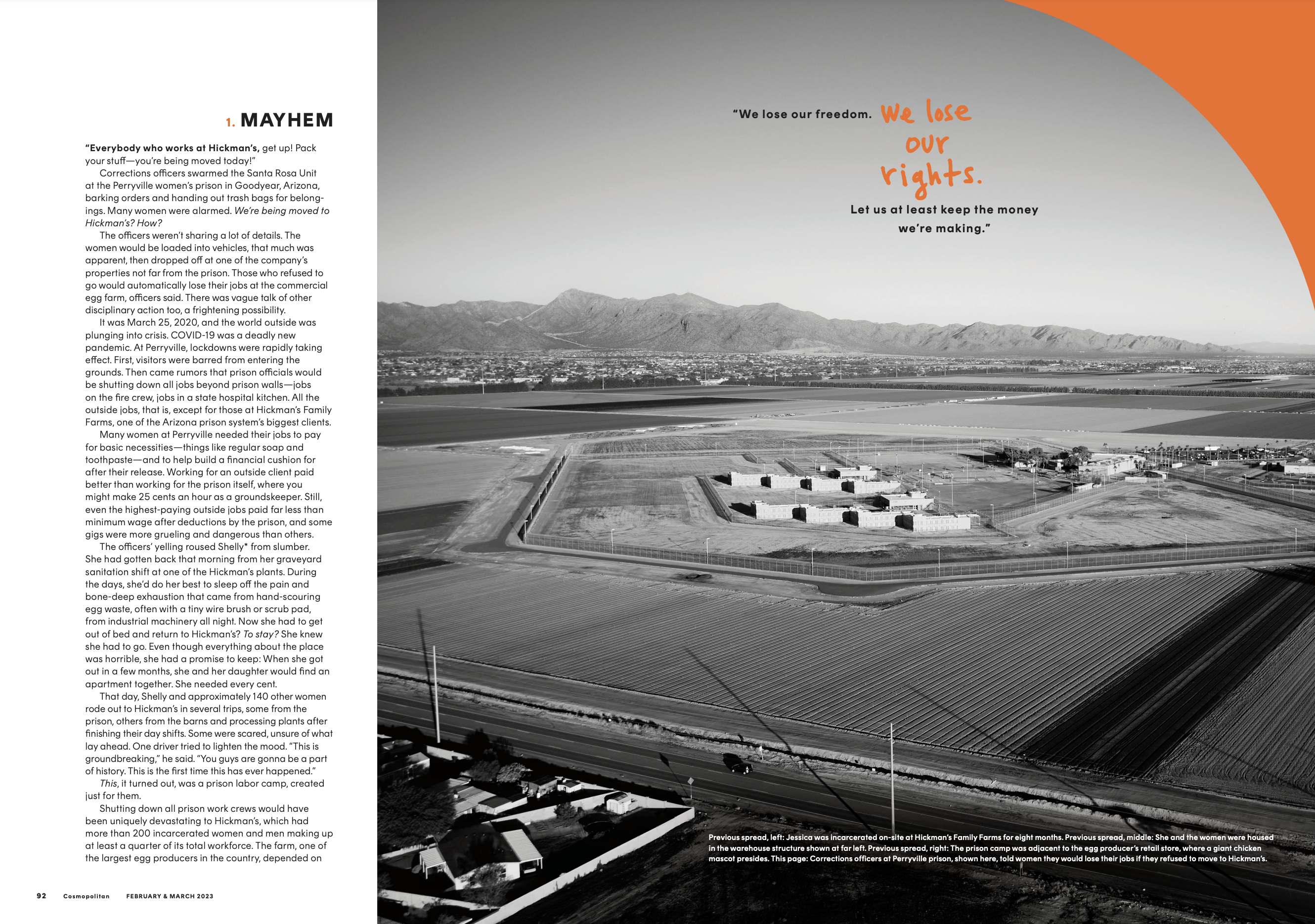
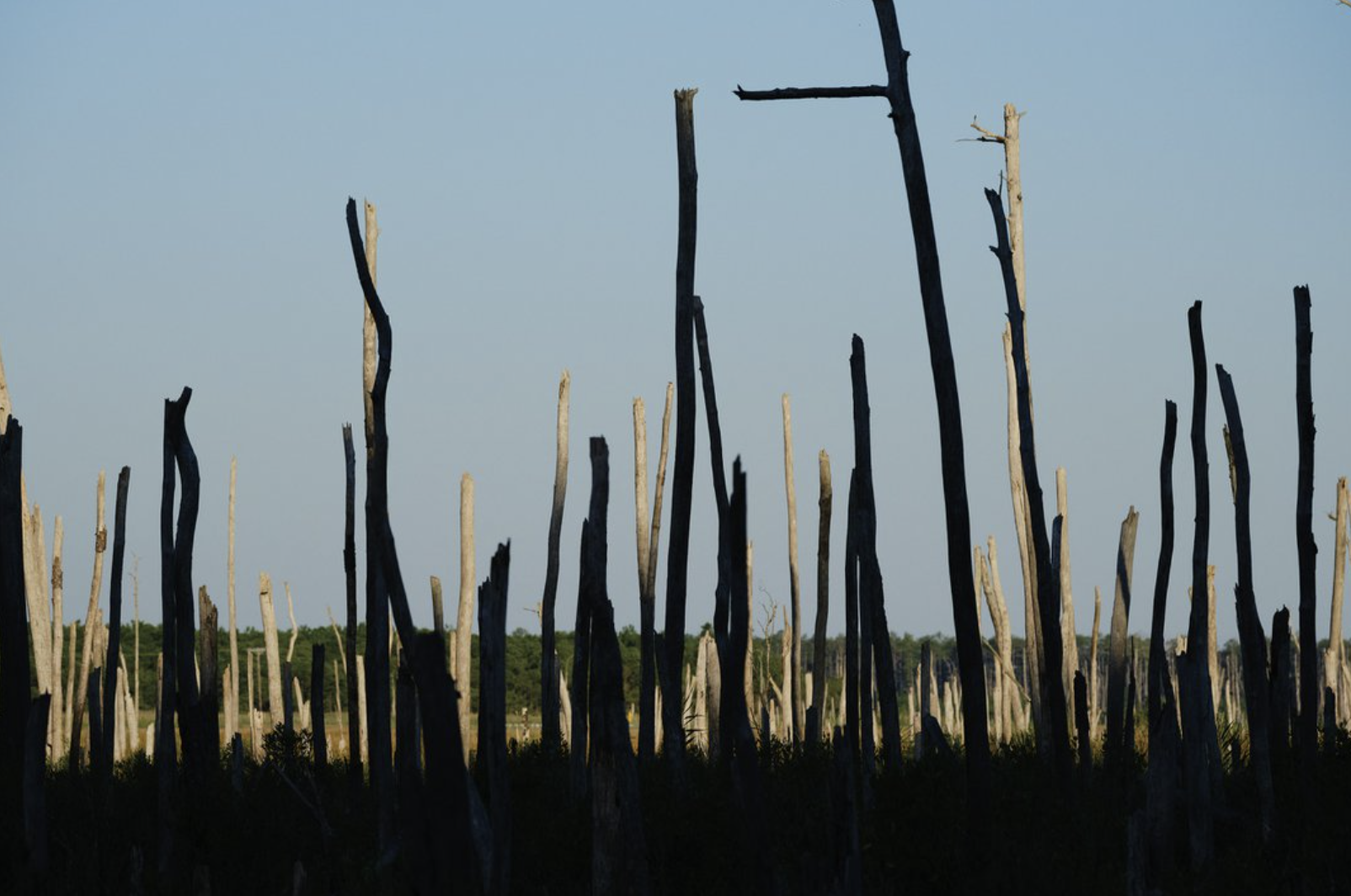
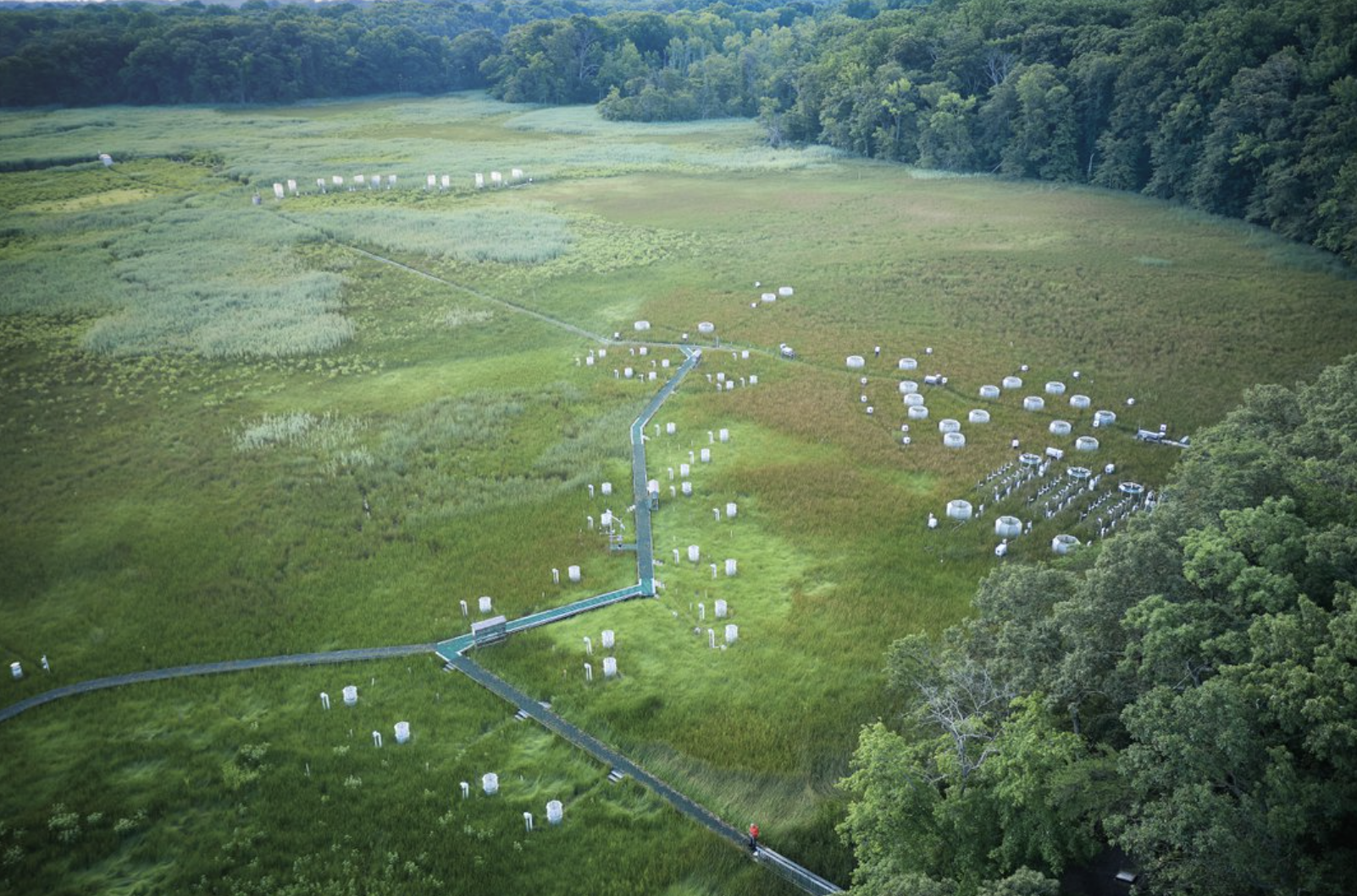

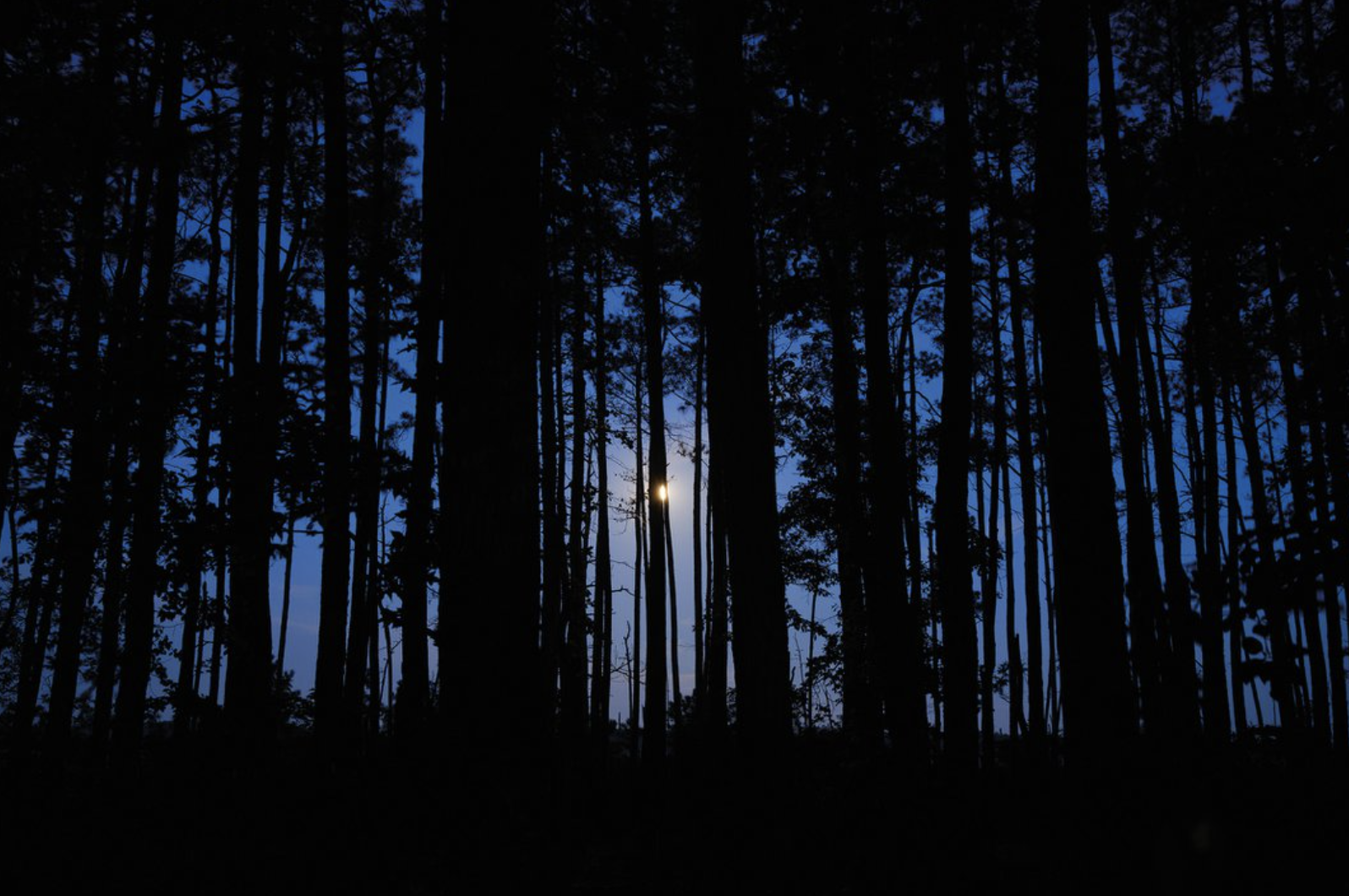
1 Comment
Great work Cameron, as always! Rob – Thank you for featuring this important piece! I read the print article and was horrified, and blown away!!!
Comments are closed for this article!